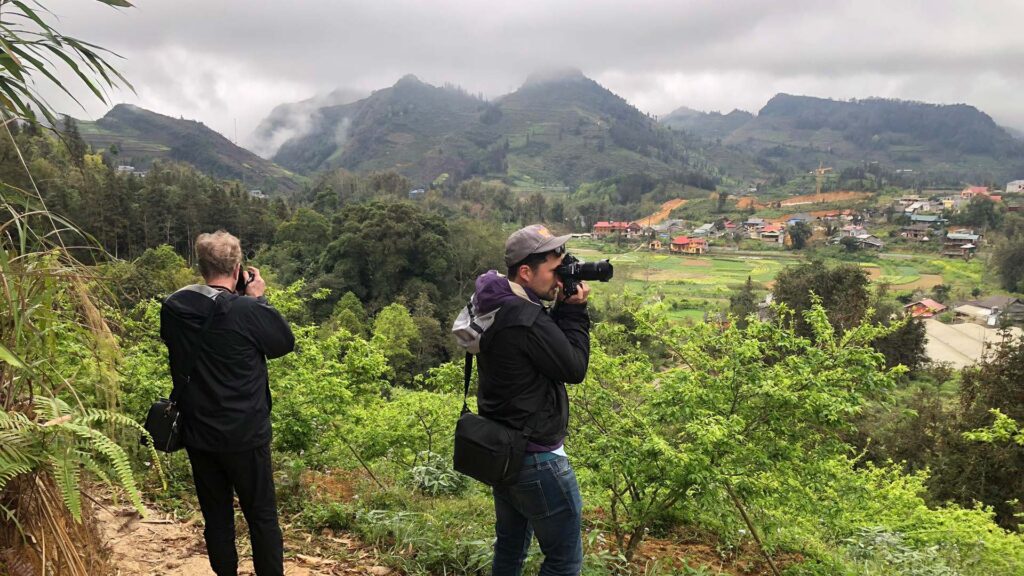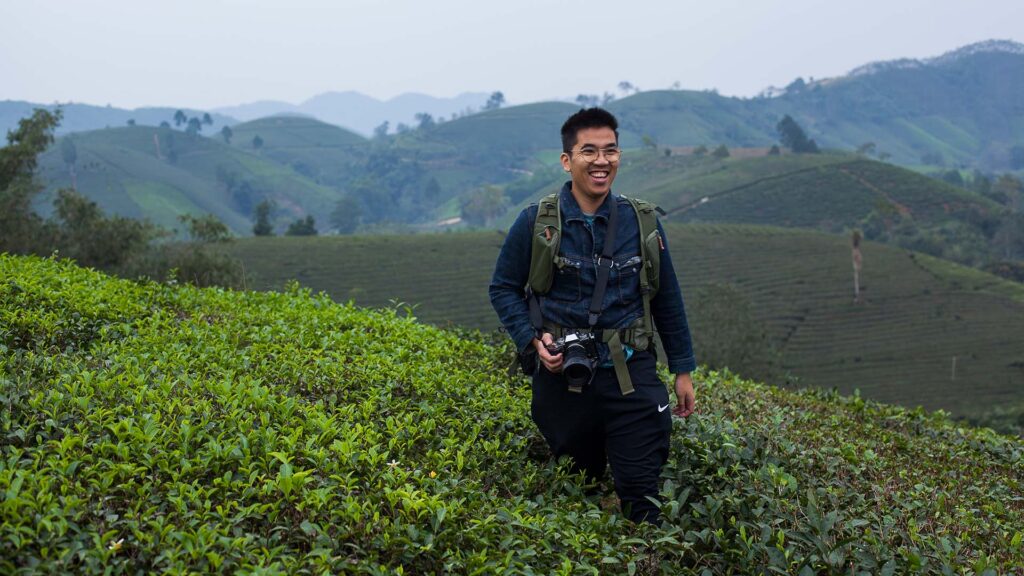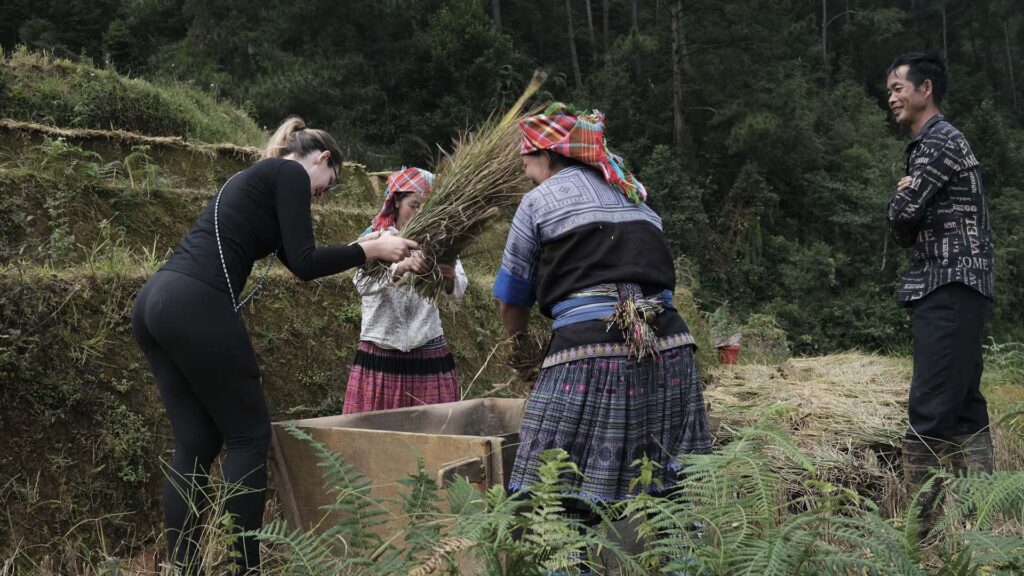Hmong Horse Race
Bắc Hà town, a historical capital in the region of Hmong ethnic minorities in Northern Vietnam’s mountainous Lào Cai province, reaches 1,200m above sea level. The Hmong traditional horse racing annual event is a colorful and festive gathering of six different Hmong tribes. The sunny spring weather and seasonal plum fruits provide a vibrant market surrounding the whole area where the race is held. Traditional Hmong clothing is worn and sold at the markets, with a variety of unique patterns and colors used by every different tribe.
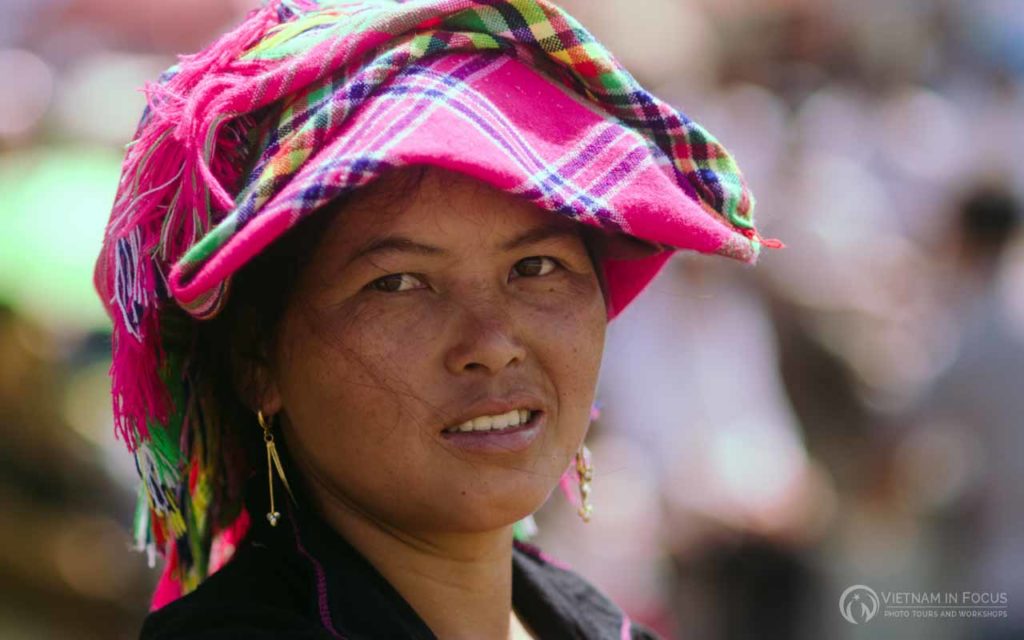
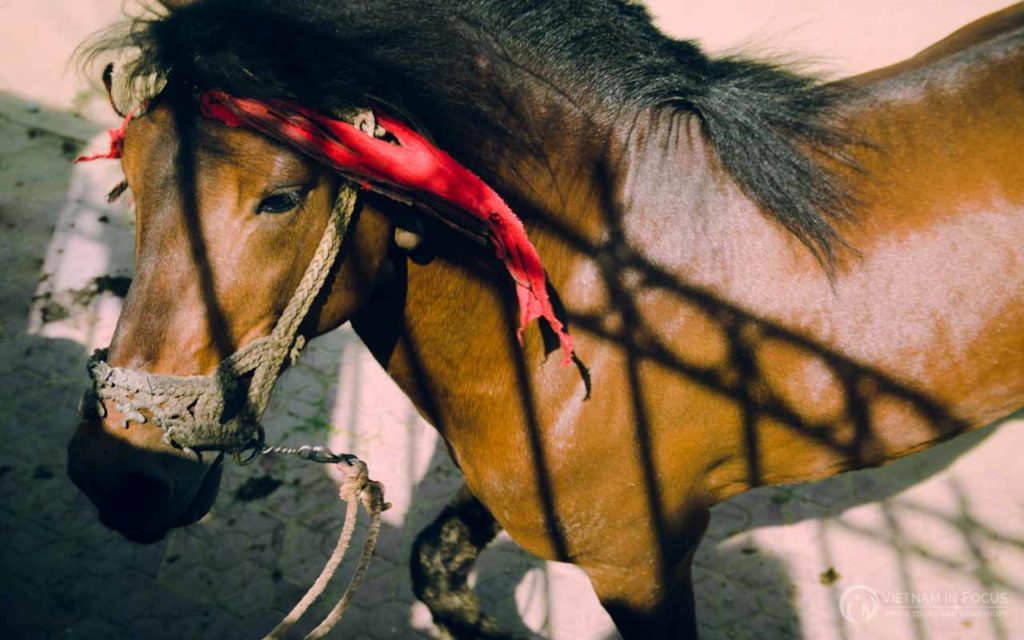
On the first day of the festival, the entire crowd is in a state of excitement and anticipation. The riders prepare for the race. The most unique aspect of this race appears in it’s rawness and genuineness. The riders are all farmers who are passionate about their horses and carrying out the tradition of this race. The horses are regular working horses, strong and well taken care of for the race. The riders race their work horses with no saddles or pedals, with such little control the riders must be agile and brave to push their horses faster, relying on their skills and experience in riding and controlling their strong horses. The competition is fierce, and as the day gets hotter, the crowd shelter under their umbrellas to escape the blasting sun. As the race goes on, the excitement escalates with a few injuries and falls, yet the riders push harder, using all their advanced set of skills to stay on the horses’ backs and aim for the prize – a little over the equivalent of 1000 USD.
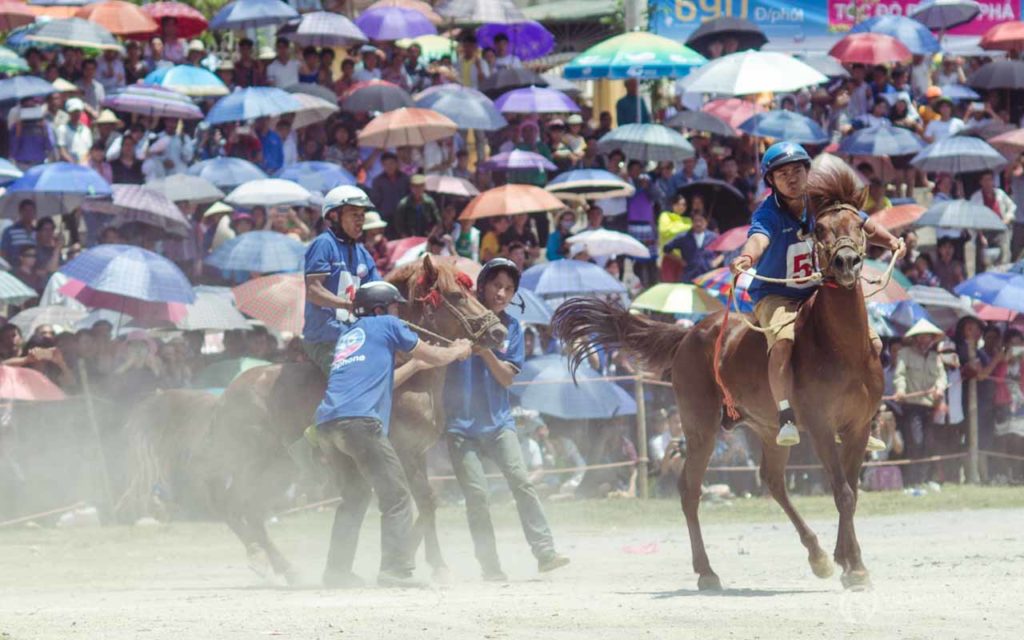
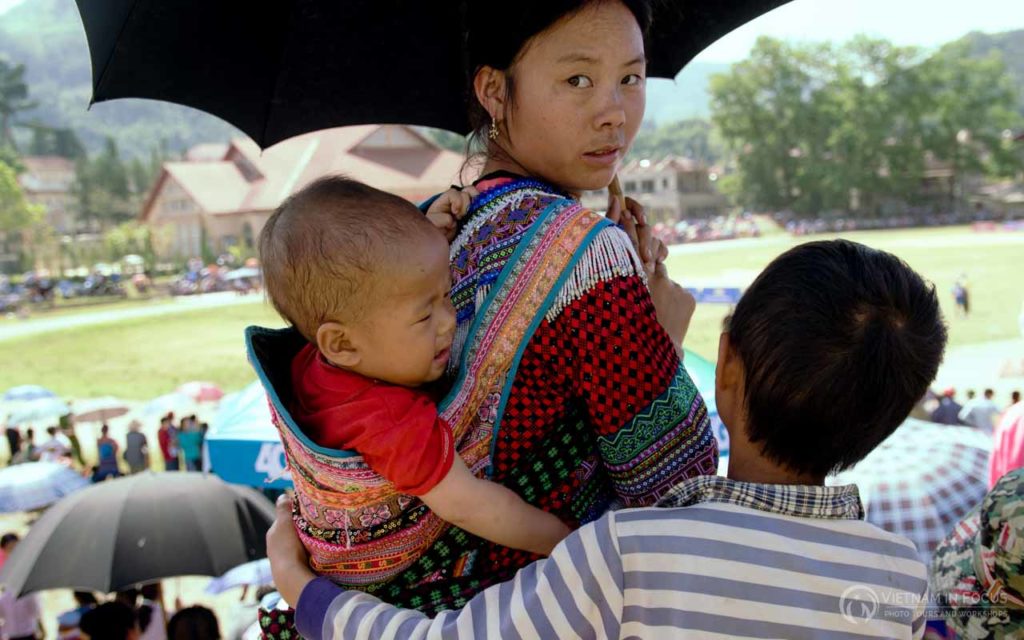
The final rounds are held on the second day of the race. The build up has reached its highest peak as the best riders prepare their nervous horses. The horses often go off course during the race, with a more wild nature than the bred and trained horses one would normally see on a professional racing track. The riders around the track who are spectating immediately rush in to help riders get their horses back onto the race track. Some of these rushes get the crowd pumping, as men try to surround, steer and push the horse. The faster and more dangerous the situation is, the louder the crowd responds with cheers. The mission gets harder and harder during the final rounds, as noon approaches and track dust fills the air.
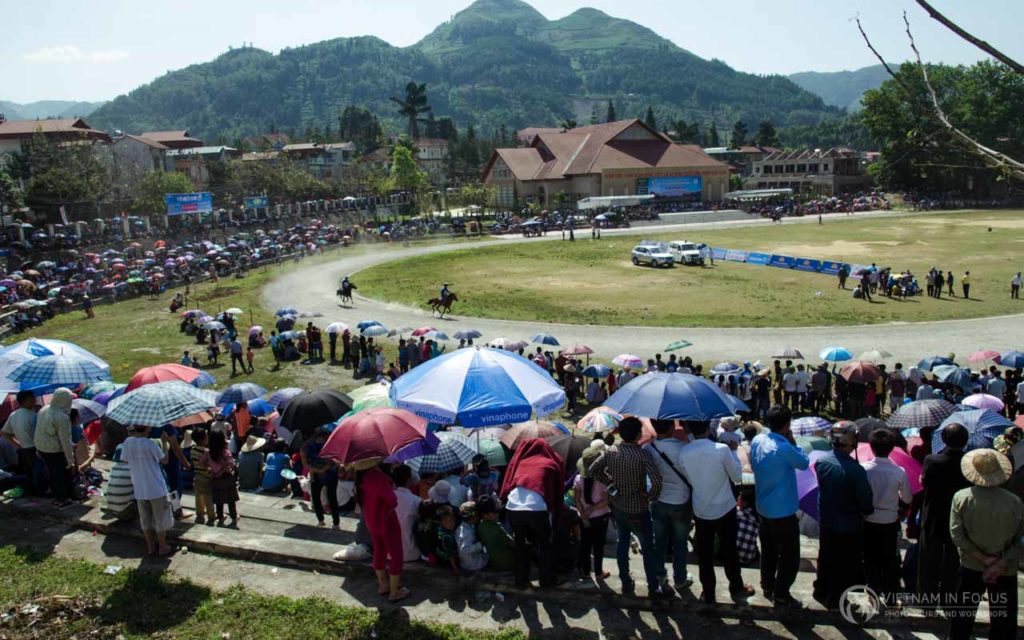
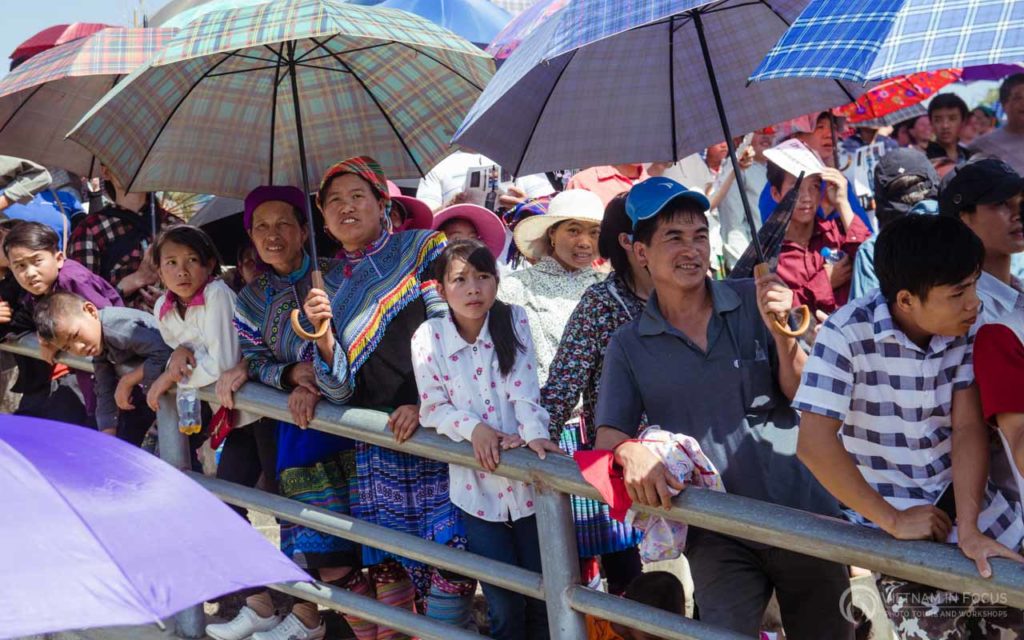
As the winner flies over the finish line, there is a huge wave of celebration, as people and media swarm the track to congratulate both the winners and the losers. The crowd start to leave the track and disperse into the colourful, bustling street markets surrounding the festival.
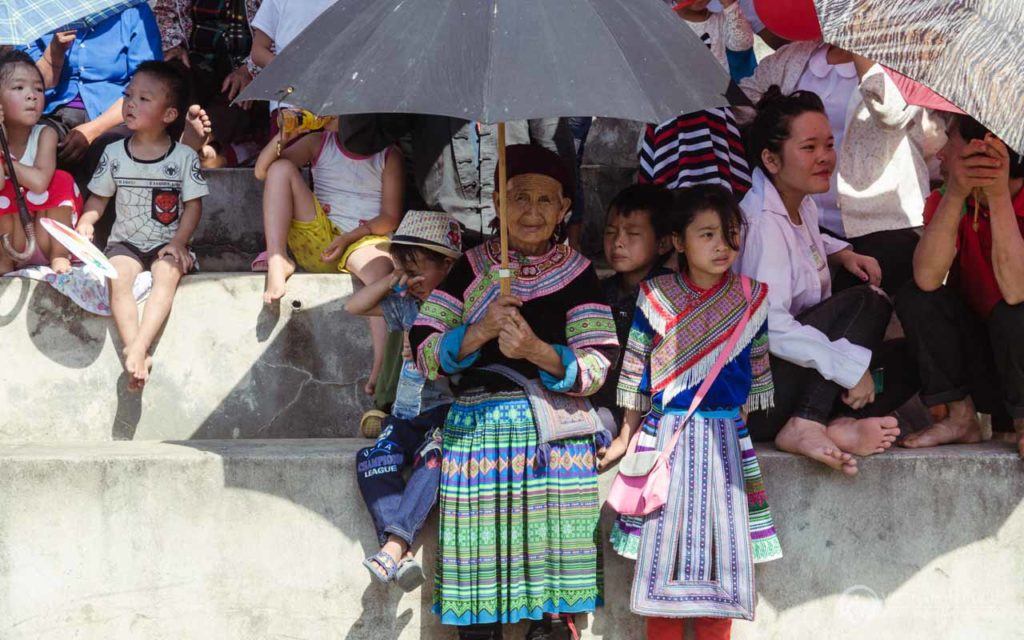
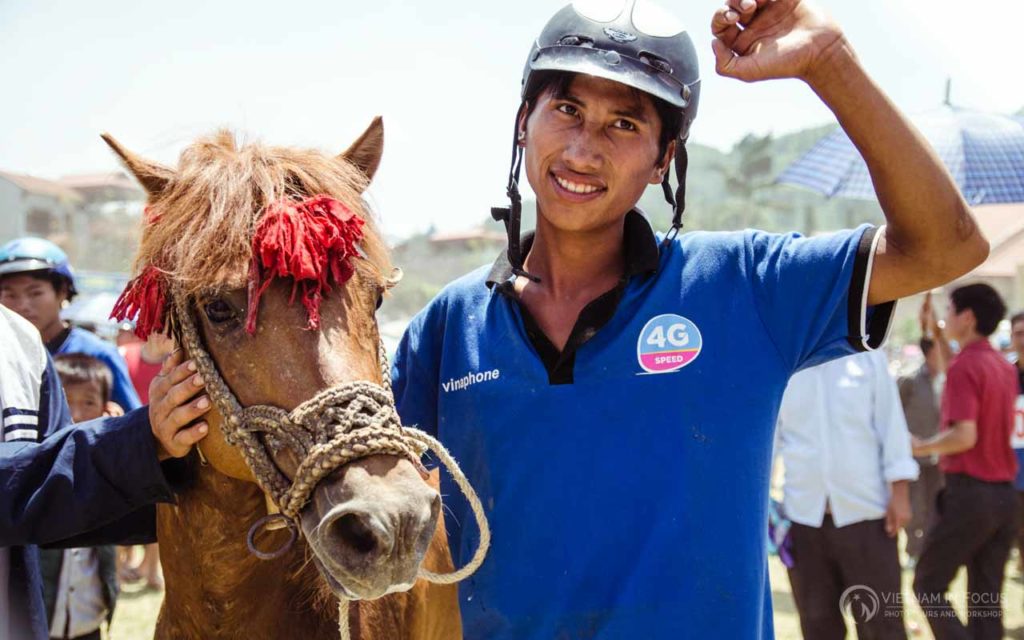
With the appearance of commercial sponsors supporting the event, the traditional race has been changing and adapting over recent years – yet the passion remains. The Hmong race is so unique and different from commercial horse racing events around the world. Will the race, into the future, slowly start to evolve into a commercial event based on generating profit? That is a possibility which is yet to unfold.
Hmong Horse Racing Festival
Written by Vietnam in Focus Photographer guide Mansour on location during our 2017 Bac Ha Festival tour
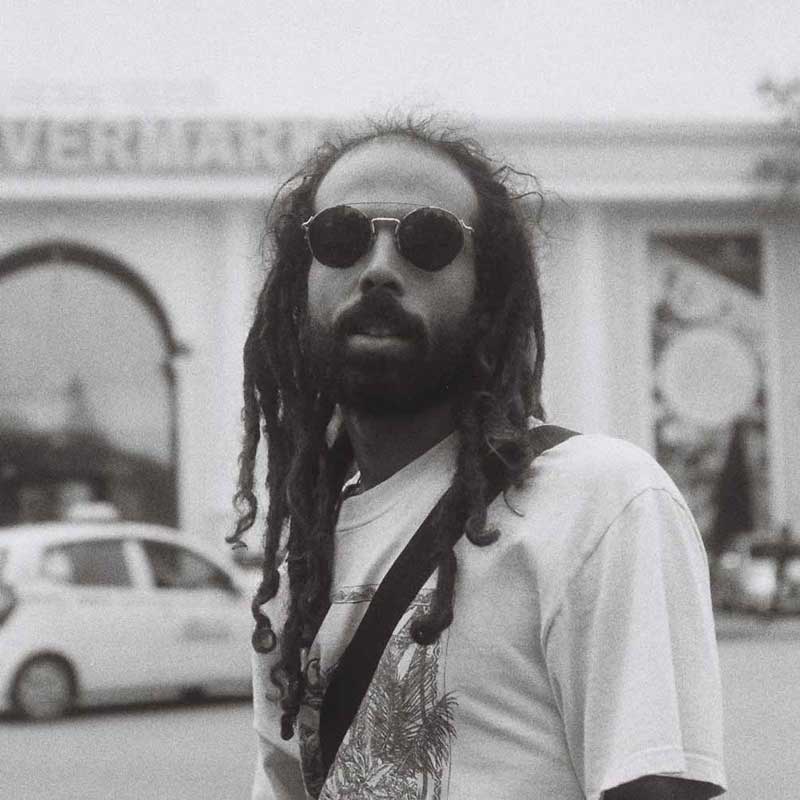
Mostafa Mansour
Mansour is a documentary style and travel photographer from Cairo who has been living in Southeast Asia for over two years. His work is mainly focused on documenting the daily life of people from different ethnicities, and photographing aspects of culture and street life with a journalistic approach. Most recently his photography has featured in Vice magazine.


